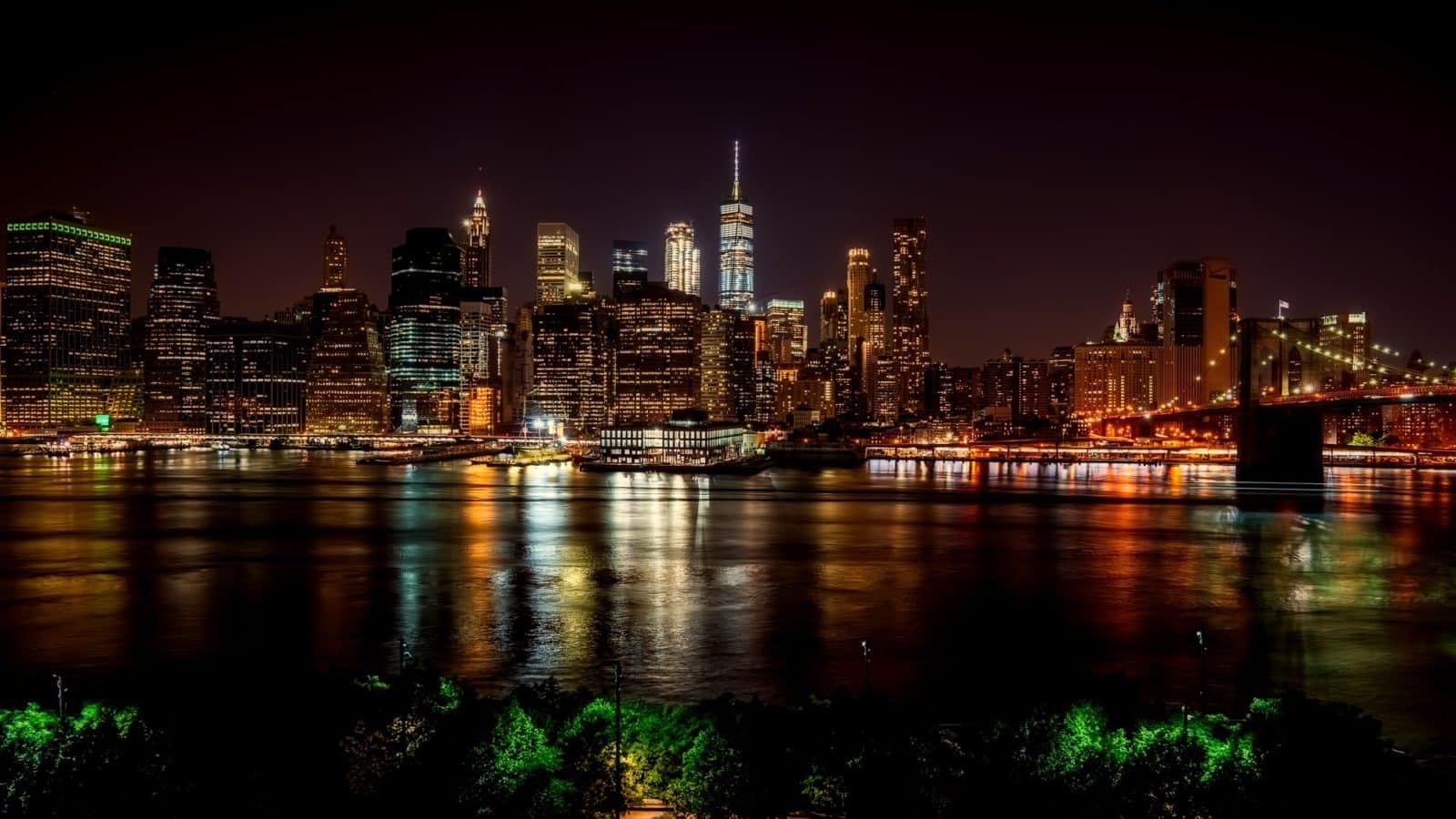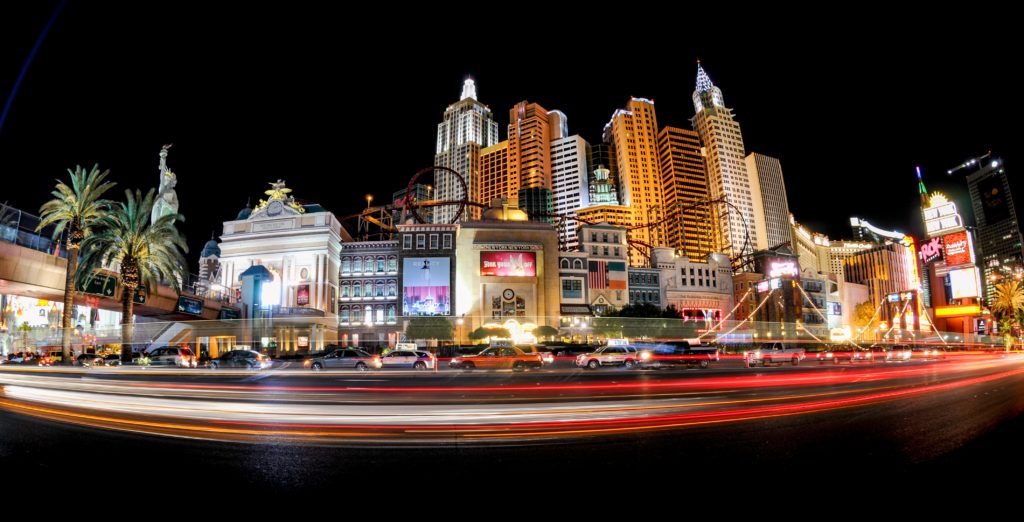Washington, D.C. – 17 January 2018 –
Travel industry representatives sounded an alarm over a long-term decline in international tourism to the US and said they want to work with the Trump administration to reverse the trend.
Organisers of the new Visit US Coalition said the decline started in 2015 and repeatedly said they are not blaming President Donald Trump, who has been criticised by some in the travel industry for spurring a “Trump slump” with anti-foreigner rhetoric and policies.
Instead, the new coalition blamed the tourism downturn on factors like the strong US dollar, complex visa requirements and low-cost air travel that boosts travel elsewhere, Associated Press reported.
Coalition representatives were short on specific proposals to reverse the decline but mentioned making it easier for foreigners to get visas and the need for more welcoming messages to balance out stronger border security.
“People misinterpreted a lot of our security protocols to be an unwelcoming message,” said Geoff Freeman, CEO of the American Gaming Association, a member of the coalition. Freeman added that the US can be a “welcoming and secure destination simultaneously.”
Statistics cited by the coalition showed America’s share of global travel fell from 13.6 percent to 11.9 percent between 2015 and 2017. The US was one of only two destinations in the top dozen global markets to see a decline in long-haul inbound travel since 2015. The other country that lost market share was Turkey, where tourism dropped after repeated terror attacks.
“We’re falling behind,” said Roger Dow, CEO of the US Travel Association, the nonprofit organisation that spearheaded a conference call announcing the Visit US Coalition. He said the drop represents 7.4 million fewer visitors from around the world, which translates to “100,000 American jobs not created.”
Katherine Lugar, CEO of the American Hotel & Lodging Association, said: “Travel and tourism is our country’s second largest export. We can’t afford to lose ground to other countries.”
She said the average overseas traveler spends US$4,400 visiting the US, adding that “fewer visitors mean fewer hotel stays, fewer meals, fewer goods purchased in our retail stores and fewer visits to our national attractions.”


